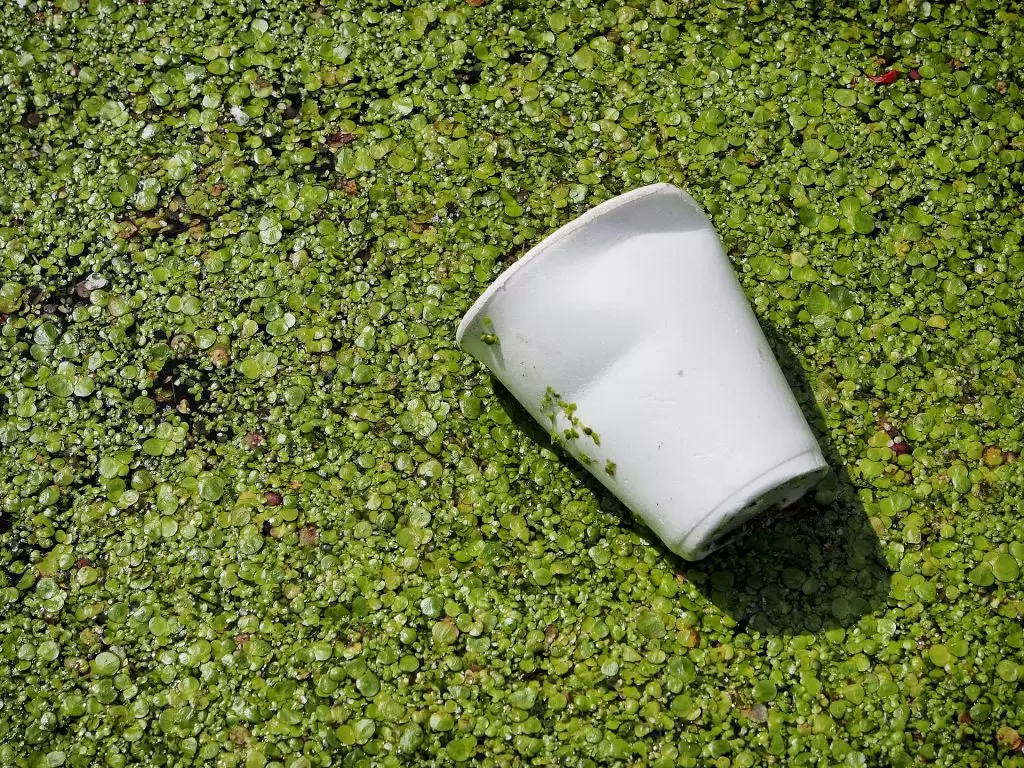Common plastic is one of the most polluting elements on the planet. Even though efforts have been made to recycle this material it will never be environmentally friendly and will always cause damage to the environment. However, lately a new type has become known, the biodegradable plastic.
This is a more environmentally friendly alternative for making bags, containers, kitchen and household utensils. Although it is biodegradable, it is very resistant, as it is able to withstand heat and humidity without any problem.
Next, I will teach you everything you need to know about biodegradable plastic, and why its use is so important to contribute to the conservation of the planet. Let’s go!
Why is it called biodegradable plastic?
The term biodegradable is related to the decomposition of some materials or substances caused by the action of microorganisms. The most common microorganisms involved are bacteria, fungi, insects, among others. Their way of degrading is by using the substances and materials as energy to generate other compounds.
Any biodegradable plastic product must be able to disintegrate in action under certain environmental conditions. Common plastic is not capable of disintegrating in the environment, as it does not serve as food for any living being.
The biodegradable plastic is made from raw materials of vegetable origin such as wheat, corn starch, soybeans, potatoes, yucca and bananas. These types of plastics disintegrate easily in the soil and therefore become beneficial to the soil.
Are all plastics that claim to be biodegradable really biodegradable?

Depending on their composition, there are 3 types of plastics of which 2 are classified as ecological:
Common plastic
They are those that are made from oil derivatives. They are composed of chemicals that can be toxic, so they are not biodegradable since they do not serve as food for microorganisms.
The only way in which they degrade is with the solar radiation that causes the loss of its resistance breaking. In this way, it is converted into small, increasingly smaller particles called microplastics. However, they never lose their chemical composition.
Common plastic with an “ecological touch
It is the same common plastic, but with the addition of chemicals that help it degrade. Although when discarded they degrade more quickly, it has not been proven that it is completely consumed by microorganisms. Therefore, scientists assume that what actually happens is that they break down into microparticles, becoming microplastics as well.
A clear example of this is the supermarket bags that call themselves biodegradable. Due to their composition of origin with petroleum derivatives, they will surely end up becoming microplastic.
Biodegradable plastic
This type of plastic is not composed of any petroleum derivative but of raw material of vegetable origin. The components that serve as raw material are corn starch, wheat, yucca and potatoes. When exposed to environmental conditions, they are converted into natural chemical elements that allow them to biodegrade.
No. The chemical elements that these plastics become are perfectly linked to the natural carbon cycle. This cycle involves mainly insects, bacteria and fungi converting matter into nutrients for the environment.
As you may have noticed, not all plastics that claim to be environmentally friendly are truly biodegradable. That’s why it’s necessary for you as a consumer to be able to select products made from truly biodegradable plastics.
Are all biodegradable plastics beneficial to the environment?
It is true that biodegradable plastics use raw materials of vegetable origin, however, they have some drawbacks. They also use other components or additives whose impact on the environment is unknown.
The effects they can have on the sea bed are not known for sure. They are made to degrade in very specific conditions on land, so in the sea they will not find good conditions. In the end, they will end up being deposited on the bottom of the sea and there the microorganisms do not have the oxygen to start the carbon cycle.
They are an alternative to the use of common plastic, a material so harmful to our planet. However, many more actions are needed to make their use completely useful for the environment.
There are still not enough organisms that ensure the collection and recycling of this type of plastic. This would ensure that its degradation is completely complete and can be used as a fertilizer for the soil.
Much more awareness is needed in society to change the habits of using plastic even though it is biodegradable. Actually, a real solution for the environment would be to reduce consumption worldwide.
However, these alternatives of biodegradable plastics have served as mitigating measures to the pollution of the planet.
How can I change my consumption habits towards ordinary plastic?
There are many stores in the market that provide products made from biodegradable plastic. Their main objective is to contribute to the conservation of the environment.
At Greenuso we offer you substitute products for those made from highly contaminating materials such as plastic. It is very important for us to present you with truly useful and environmentally friendly alternatives.
We have glasses, plates, cutlery, trays, shakers, containers and bags made from various environmentally friendly materials. If you are looking for products made of biodegradable plastic, you will find a diversity of raw materials of vegetable origin. Among those we usually use are wheat pulp, corn starch, potato starch and sugar cane.
Most of our products are compostable, which means that they can be composted. After their useful life is over, they can be used in gardening.
At Greenuso.com we strive every day to ensure that our customers get quality and good prices for each of our products. It is our duty as a company to create awareness among our customers and to make them interested in leading more ecological habits. We hope you found all the information you needed about biodegradable plastic very useful.

